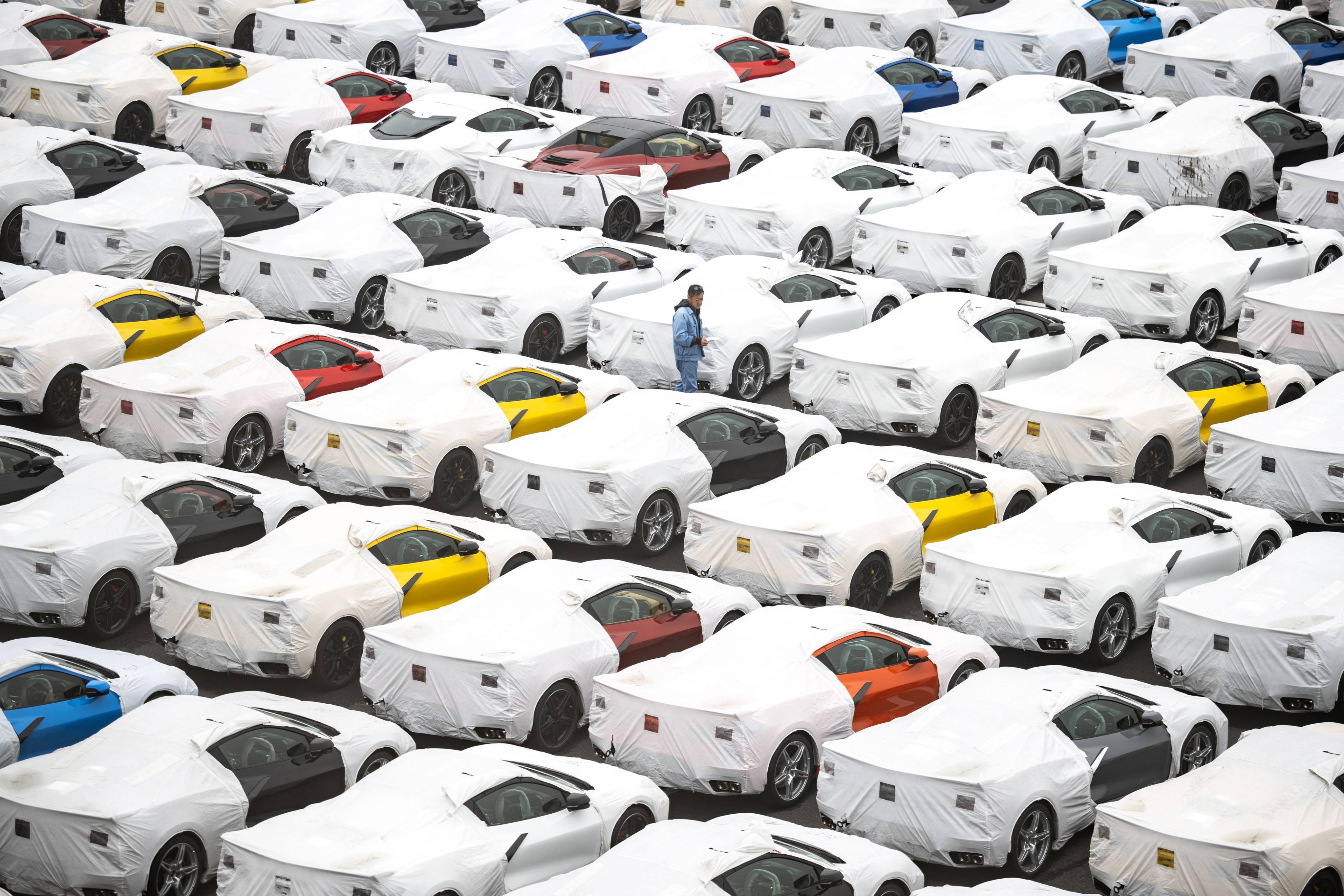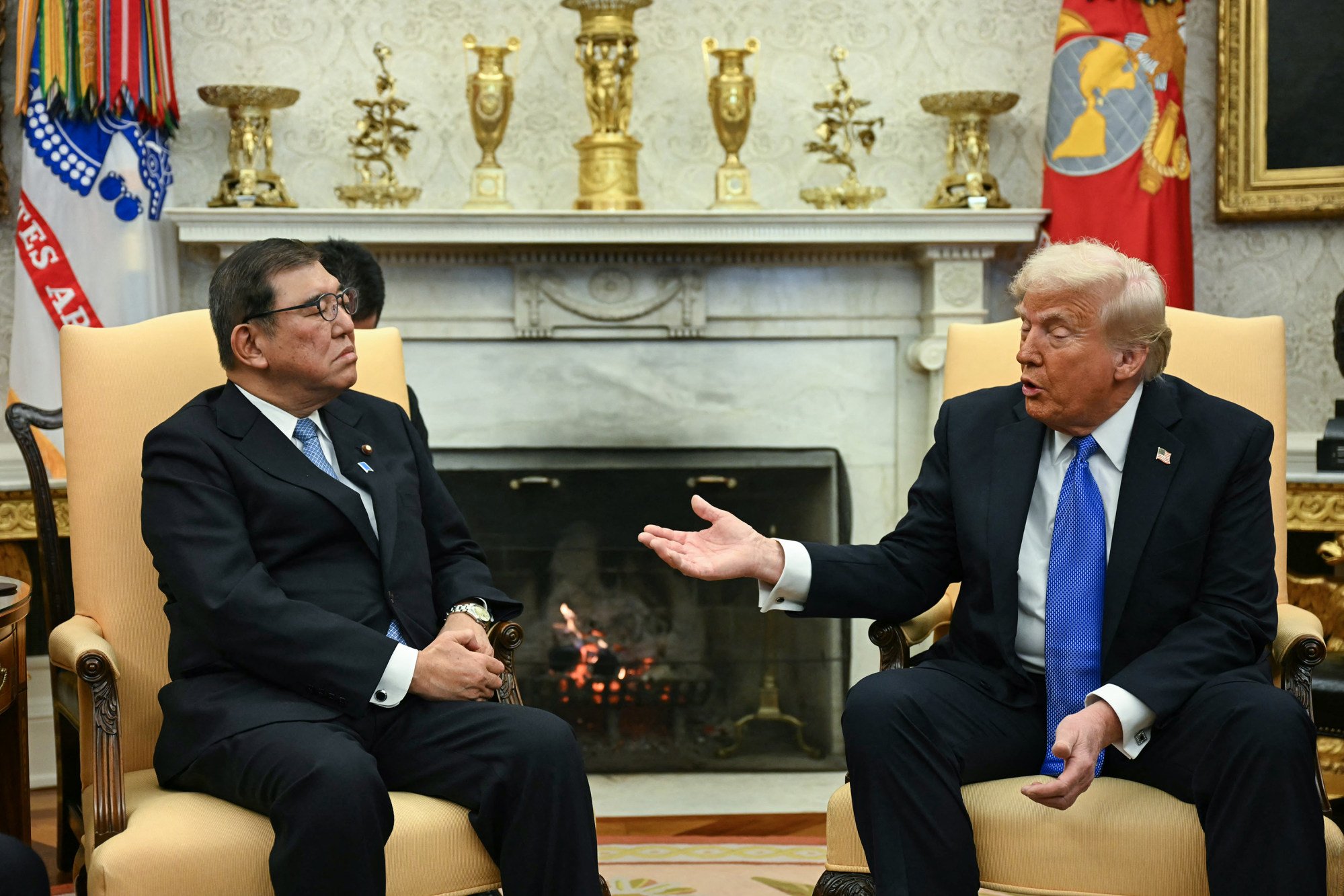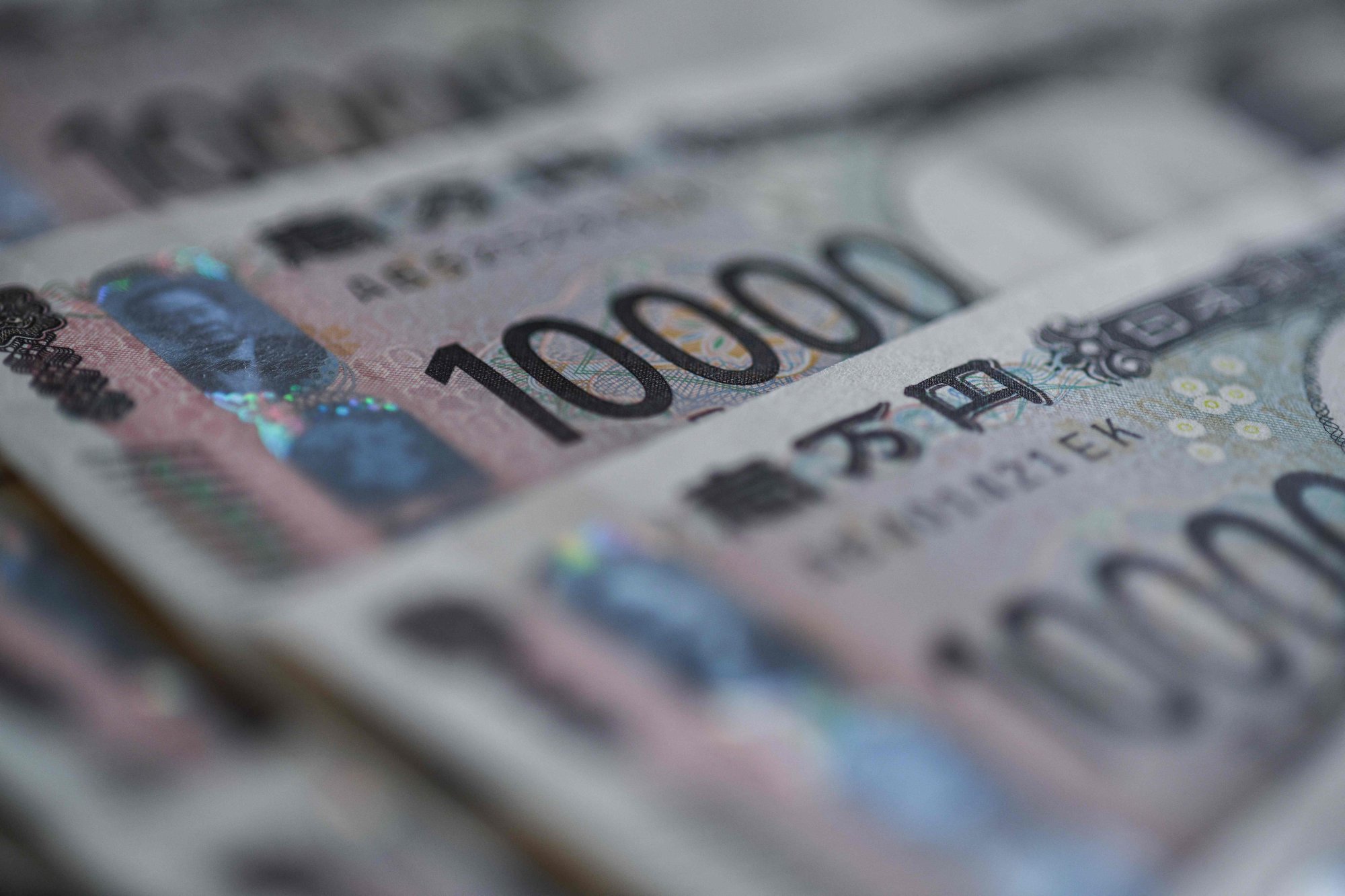All talk, no paper: Japan’s US tariff deal hits a snag
A lack of clarity has left Japan’s crucial vehicle sector in limbo, with the political future of its embattled PM tied to the deal’s success

Japanese Prime Minister Shigeru Ishiba may have hailed the 15 per cent tariff imposed on his country by the United States as a “win-win” deal, but Tokyo is expected to push back if the levies adversely affect Japan’s economy – especially the vital vehicle sector.
One of the biggest sources of domestic criticism has been the absence of a joint text on the agreement, observers say.
While Ishiba has touted the trade deal reached last month as benefiting both nations, he also acknowledged on Monday that the real challenge would be in its implementation.
“Some say that carrying the trade deal out is harder than agreeing on it. I humbly seek your continued support on this,” he told a parliamentary session.

The agreement, reached just before an August 1 deadline and after intense negotiations, has been credited with averting a potential trade crisis for Japan.
Initially, the US threatened a 25 per cent tariff on all Japanese imports but ultimately agreed to the reduced rate in a concession that spared Japan from deeper economic pain.
But there is still no clarity regarding when US tariffs on automobiles and auto parts will be reduced from the current 25 per cent to the agreed 15 per cent.
“We should first devote all our efforts to properly lowering automobile tariffs, which are most closely related to our national interests,” Ishiba said, adding that he would push to hold further talks with US President Donald Trump to ensure the tariff cuts were implemented.

At the same parliamentary session, Ryosei Akazawa, Japan’s chief trade negotiator, addressed the criticism surrounding the lack of a written agreement.
“It’s my understanding that having something on paper would be helpful,” he said, pointing out that similar agreements with South Korea and the European Union also lacked formal documentation.
Stephen Nagy, a professor of international studies at Japan’s International Christian University, said “push back” might occur if the trade deal hurt the Japanese economy or harmed key sectors such as automotive manufacturing.
Ishiba’s political future, meanwhile, hinged less on the tariffs and more on his administration’s poor electoral performance, mismanagement of the economy and mishandling of both US-Japan and Japan-China relations, Nagy said.
“Ishiba will not be able to secure a carve-out from tariffs, which will cast him as a poor negotiator and leader,” he said. “The ruling Liberal Democratic Party power brokers will use this as further evidence to oust him in favour of a more conservative leader.”

Investment impasse
The lack of a joint text on the trade agreement was a major concern, Rintaro Nishimura, a senior associate at strategic advisory firm The Asia Group, told This Week in Asia.
Unhandled type: inline-plus-widget {“type”:”inline-plus-widget”}
He noted discrepancies between what the US and Japanese governments had said about the agreement, particularly regarding implementation schedules, investments, defence equipment purchases and agricultural goods.
The investment component was particularly contentious, according to Nishimura, with the US claiming a “US$550 billion” investment, while Japan describes it as “investment, loans and loan guarantees by government financial institutions of up to US$550 billion”.
“There are huge question marks as to how much of this will be pure investment – Akazawa says 1 to 2 per cent – and how much will be loans and loan guarantees,” Nishimura said.
Another sticking point involves profit sharing, with Washington claiming a 9-1 ratio in its favour, while Tokyo clarified that this would only pertain to the investment aspect, excluding loans and guarantees.

Despite being under mounting pressure following last month’s bruising upper house election, Ishiba has vowed to stay on as prime minister to ensure the trade deal is fully realised.
A poll by private broadcaster JNN at the weekend indicated a slight increase in support for Ishiba’s cabinet, rising 4 percentage points to 36.8 per cent, with 47 per cent of respondents agreeing that he should not resign. Polls published by the Mainichi and Asahi newspapers on July 27 showed approval ratings of 29 per cent for Ishiba’s government.
Nishimura said that while Ishiba’s ratings had improved, this was less about the trade deal and more a reflection of voter resistance to a right-wing coalition with the far-right populist party Sanseito, which gained traction in the recent election.
Ishiba was likely to try and stay in office “for at least a month or so” until domestic pressure for his resignation became too much, Nishimura predicted. Uncertainty over the trade deal’s implementation “gives him grounds to argue that he should remain in place”, he added.
Peace memorial ceremonies this week in Hiroshima and Nagasaki, commemorating the end of World War II, and the Ninth Tokyo International Conference on African Development later this month could provide Ishiba with opportunities to strengthen his position.
As the ruling LDP prepares for an extraordinary Diet session in the autumn, pressure on Ishiba is expected to escalate, especially if opposition coalitions challenge his authority through no-confidence motions.
The LDP and its coalition partner Komeito suffered a humiliating setback in last month’s upper house election, failing to secure a majority at a second consecutive poll, as support surged for candidates from the small, ultraconservative Sanseito party, known for its “Japanese First” policy.